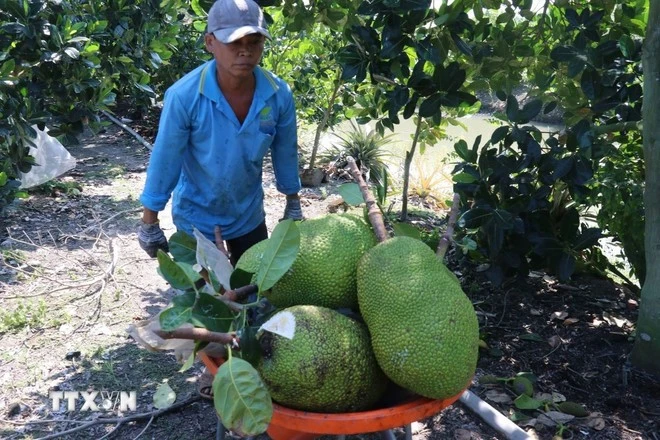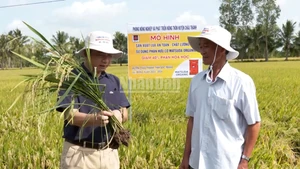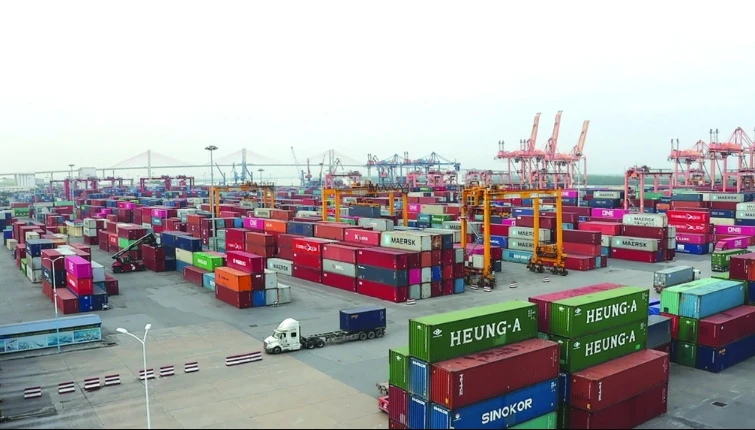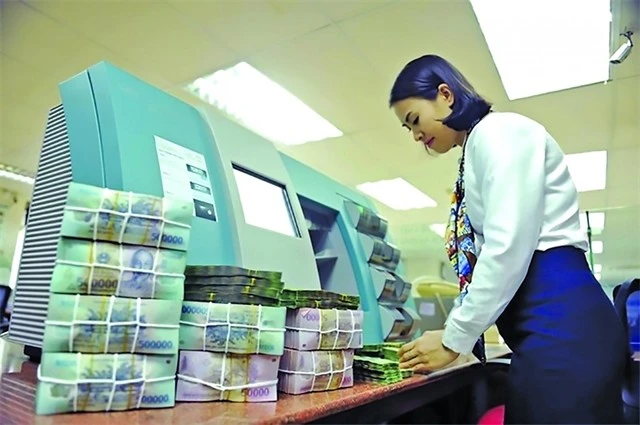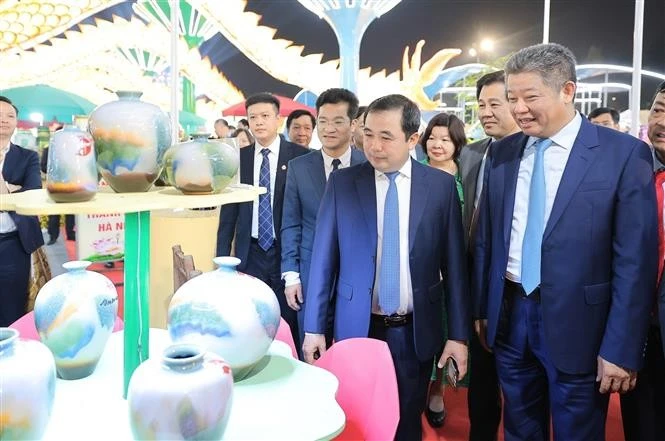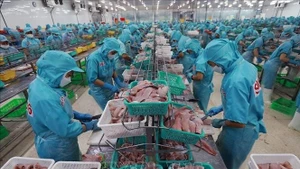Improving export, investment and consumption
Dr Le Xuan Nghia, a member of the National Financial and Monetary Policy Advisory Council, stressed that exports, investment and consumption are the three pillars of economic growth. Therefore, it is necessary to clearly identify current limitations in these areas to remove the bottlenecks if Vietnam wants to accelerate its economic growth. However, how to accelerate requires a detailed operation.
According to Nghia, there are several positive factors in 2025, such as potentially reduced geopolitical tensions, declining global inflation, and economic stimulus packages or monetary easing in economies such as Japan and the EU. Consequently, initial forecasts by the IMF, World Bank and OECD suggest global GDP may grow by around 3% in 2025.
However, an unpredictable factor is US President Donald Trump’s tariff policy. If all countries implement retaliatory measures against the US, global economic growth could fall by 0.3% and inflation increase by 0.5%. This might halt the global interest rate reduction trend, with the USD remaining high. Global purchasing power and global trade could decline by 0.3%. This will exert significant pressure on Vietnam’s exports due to increased production costs and reduced orders.
Moreover, foreign direct investment (FDI) disbursement rates are forecast to slow down. In fact, FDI pledges in 2024 only increased marginally. Low registered capital resulted in low disbursement. Meanwhile, the property sector is unlikely to see significant breakthroughs in 2025, despite new legal frameworks being essentially completed.
Thus, Vietnam’s investment in 2025 will primarily rely on public investment, with hopes of improvement through a new land pricing scheme that could support land clearance for major projects.
Regarding consumption, Nghia stated that this is almost impossible to predict, as employment in both public and private sectors is in flux. There is hope for increases in international tourists, but domestic tourism prospects are slim. The service balance deficit indicates that Vietnamese people travel abroad more than domestically. Therefore, consumption in 2025 will likely be the same as in 2024.
“Given these realities, with old approaches, I believe that if we strive actively, we will achieve results similar to 2024,” said Nghia.
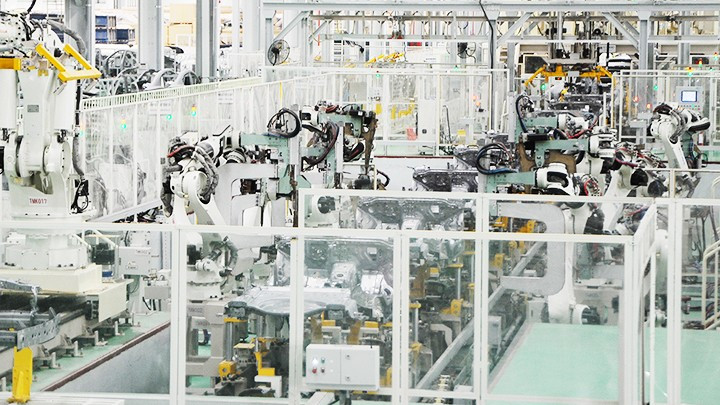 |
| Many enterprises are investing in technology and machinery to enhance production. (Photo: Song Anh) |
The need for technological resources
Therefore, to achieve higher growth in 2025, Nghia emphasised the need for a different approach. He suggested that there’s a situation where money exists but cannot be spent, thus mechanisms must be liberalised. Laws must fundamentally change, focusing on results rather than processes.
Associate Professor Pham The Anh, Head of the Economics Department at the National Economics University, analysed that Vietnam’s growth model has historically relied on physical capital investment, producing export-oriented goods. Current export revenue has nearly matched GDP. The domestic economic sector contributes little to this export value, with trade surpluses belonging to foreign-invested businesses while domestic companies consistently run a deficit.
“We could say that we’re exporting on behalf of foreign-invested enterprises. Consequently, Vietnamese people’s incomes are not increasing as rapidly as export value,” emphasised Anh, highlighting the key issue that needs changing. Vietnam’s per capita income could double or triple if the domestic economic sector could replace foreign-invested businesses in the export landscape.
Citing high growth examples such as Japan, the Republic of Korea and China, which maintained double-digit growth for extended periods, the expert noted their success in dominating specific global market sectors - Japan and Korea in automotive, electronics and semiconductor industries, and China in consumer goods manufacturing.
To create and sustain high growth, Vietnam must develop technological resources, human capital and international investment capital, which are all the country’s weak points.
Additionally, the government must attract private investment alongside streamlining the administrative apparatus to reduce regular spending and allocate resources for investment. “Public investment alone cannot achieve double-digit growth targets,” stated Anh.
He further pointed out that Vietnam’s economic challenge is not necessarily capital scarcity but a lack of business opportunities. Resources will naturally flow without solicitation if the private sector sees sufficiently profitable and secure business prospects.
Worryingly, domestic resources increasingly seek profits through price differences in the asset market rather than investment in production. While individuals profiting from real estate price variations are normal, it doesn’t create added value for society. Added value must come from production and external trade. This is a shortcoming of an unstable business environment with growth ambitions but lacking fundamental foundations.
“Redirecting domestic resources back to production sectors, away from asset speculation, depends entirely on government management - choosing between short-term growth targets and patient establishment of robust long-term growth foundations,” emphasised Anh.

